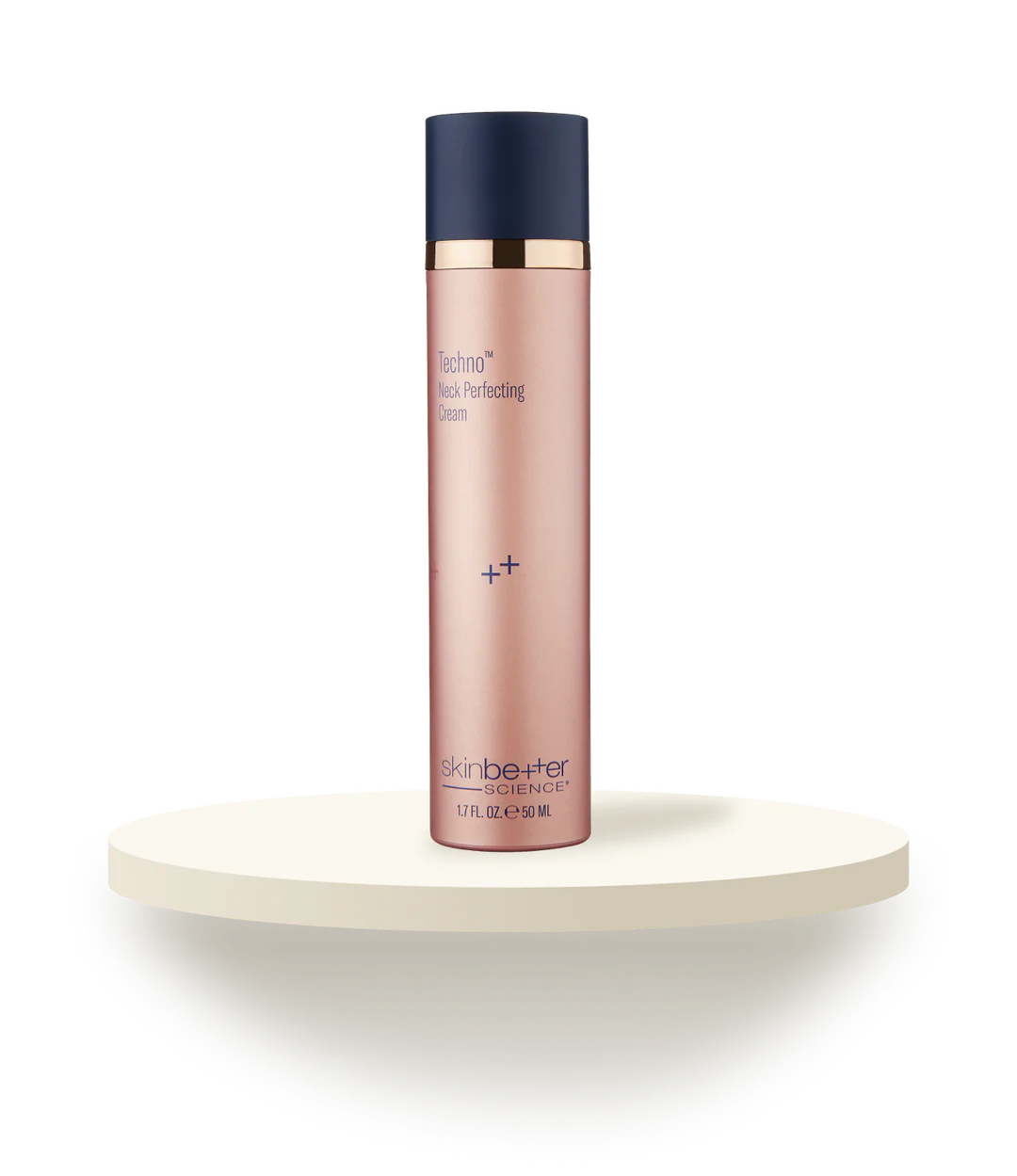How Are Malfirmed Teeth Diagnosised?
For many people, the realization that they may possess an abnormal tooth shape in one or many permanent teeth only comes after a medical professional views them via dental x-rays. Others may understand that their teeth are not shaped like normal teeth well before seeing a dentist. The important part of discovering malformed teeth is to get examined by a dental expert to reveal any underlying medical history that may have caused the misshapen teeth and to understand the options for treating the condition.
When searching for a dental expert you will see terms such as DDS or DMD tagged onto certain dentists’' names. The DDS designation means that they are a Doctor of Dental Surgery, while DMD denotes a Doctor of Dental Medicine. Both of those certifications signify that the dentist is a graduate of an accredited dental school. Further training is required for dental specialists who practice oral and maxillofacial surgeries, as well as those who are orthodontists and periodontists. Therefore, a dental expert can help diagnose and recommend the best path for your specific tooth problems.
What is Normal Normal Development for Teeth?
Most people experience their baby teeth falling out when they are six years of age or older. As such, the permanent teeth that replace the baby teeth are sometimes called “six-year molars.” However, during the odontogenic process, which is the term for the development of teeth, problems can arise that may or may not have even been evident before the permanent teeth erupting.
Tooth eruption occurs when approximately 20 baby teeth are replaced by 32 or more permanent teeth, with each set of teeth split evenly between the upper jaw and lower jaw. While many individuals experience normally shaped teeth – from the "front teeth" consisting of central incisors and lateral incisors – to canine teeth, wisdom teeth, and second premolars – others discover problems.
What are the Causes and Reasons for Abnormal Teeth Shapes?
Teeth with irregular shapes might be called Mulberry teeth - because of their notched biting surfaces that resemble the Mulberry flowering plant bush - or conical teeth, because of their cone-like shape similar to dog or shark teeth.
Hutchinson's and peg teeth are additional names for abnormal tooth shapes, which appear widely spaced apart or short and stumpy. When a baby or adult suffers from medical conditions that cause tooth loss, abnormal tooth colors, or malformed teeth, their medical history could be the culprit.
Medical conditions such as cerebral palsy and congenital syphilis may harm the teeth, as does the inherited gene that causes cleidocranial dysostosis. Syndromes are known as Ehlers-Danlos and Ellis-van Creveld syndrome also may cause abnormal tooth shapes. Ehlers-Danlos syndrome is a disorder that can impact a person's teeth, bones, skin, and many other parts of the body - with the periodontal version of the syndrome causing problems with gums and teeth.
Not only can genetic issues cause problems with tooth development, but environmental factors can also have an impact on how teeth form. According to The Iowa Fluoride Study, tooth decay and cavities are the most common ongoing childhood malady. The study examined how dental hygiene habits, water fluoride levels, and other factors like genes impacted tooth health. The findings indicated that genes indeed had an impact on how susceptible a child became to developing tooth decay and additional teeth problems - but environmental problems played a large role as well.
Other forms of tooth abnormalities include supernumerary teeth, whereby there are excessive amounts of teeth, which can happen with disorders such as cleidocranial dysostosis or when there is a cleft lip, a dentofacial deformity.
Meanwhile, enamel hypoplasia happens when tooth enamel doesn't develop normally or completely. Amelogenesis imperfecta causes teeth to develop in a small manner, usually causing discolored teeth or ones that are weakened.
Teeth Grinding and The Effects woth Tooth Shape
The habit of grinding the teeth is one that can also change their shape. Most people who practice bruxism or tooth grinding don't know that they are doing it, because often it happens when sleeping. Grinding can wear teeth down, chip teeth, cause fillings to break, and can even cause the jaw muscles to get thicker like they are being exercised at the gym. This can result in "square face syndrome," but the problem may be alleviated by reducing stress and wearing a mouth guard.
Treatment Options for Fixing Malformed Teeth
Dental Bonding
Dental bonding involves affixing tooth-colored plastic materials atop malformed teeth to enhance their appearance by improving the shape, size, or coloring. Medicated bonding resins are also used to fill cavities, making them more aesthetically pleasing than metal fillings.
Veneers
Composite resin or porcelain materials are often used to create veneers, which are extremely thin pieces of material adhered to the teeth to enhance their shape or coloring.
Dental Crowns
Dental crowns sit atop broken or malformed teeth like little hats or crowns that improve the appearance of teeth and make them stronger.
Dental Implants
Dental implants come in handy when dental crowns cannot be used, because of missing or weak teeth that are unable to support a dental crown. Instead, the dental implants are attached directly to the jaw bone with a titanium anchor with a dental crown affixed.
